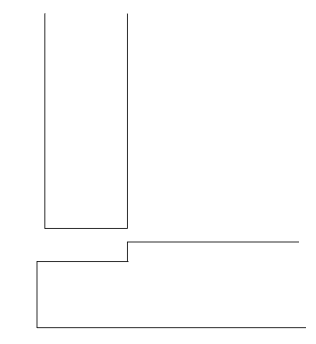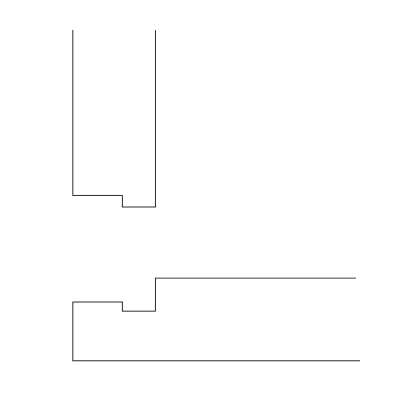I'd not trust my quality of build versus that of professionals so I would have to overbuild my tank like with eurobracing the perimeters and corners and not trusting my butt-to-butt and butt-to-face joints but rather gluing narrow strips front and back over the joint with a few inches of an overlap, etc. I'd end up using more acrylic and more glue (Weld on 40 two part, not cheap btw either, roughly $150 a gallon, can buy 4 gallons for $550 but it has a shelf life of 1-2 years) than the profies but overall I'd still come out far, far ahead in the overall cost.
I'd also start with much smaller tanks to gain experience and confidence.
Also, my aesthetic demands take a backseat to the functionality (hold water, no leaks, longevity, pref. forever), no, not even back seat, they are in the open trailer way back in the wind, rain, tire rubber specks, brake dust, and road crud, so I am not worried about many air bubbles, somewhat ugly joints, etc.
If you want yours to look perfect or near perfect, you'll need a lot more practice and to develop a skill and/or work your tail off removing excess glue and polishing and buffing the joints and the surrounding areas until clear. Even using more glue is not that simple because the glue heats up as it polymerizes / cures and if a thick layer is used, it will start boiling and bubbling itself... This also depends on the amount of the catalyst you mix in, ambient temperature, thickness of the acrylic one is gluing, etc. So there is enough to learn as one goes along...
I'd also start with much smaller tanks to gain experience and confidence.
Also, my aesthetic demands take a backseat to the functionality (hold water, no leaks, longevity, pref. forever), no, not even back seat, they are in the open trailer way back in the wind, rain, tire rubber specks, brake dust, and road crud, so I am not worried about many air bubbles, somewhat ugly joints, etc.
If you want yours to look perfect or near perfect, you'll need a lot more practice and to develop a skill and/or work your tail off removing excess glue and polishing and buffing the joints and the surrounding areas until clear. Even using more glue is not that simple because the glue heats up as it polymerizes / cures and if a thick layer is used, it will start boiling and bubbling itself... This also depends on the amount of the catalyst you mix in, ambient temperature, thickness of the acrylic one is gluing, etc. So there is enough to learn as one goes along...




